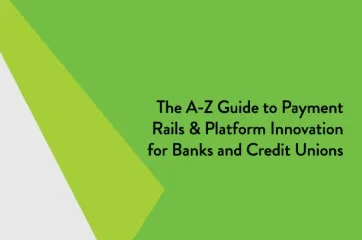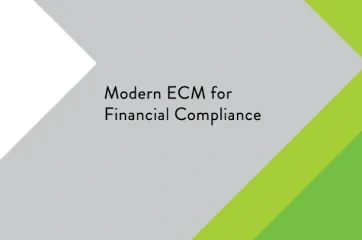Check 21
Check 21 refers to the Check Clearing for the 21st Century Act, which became effective in the United States on October 28, 2004. Here are the key aspects of Check 21:
Purpose:
Check 21 was enacted to facilitate more efficient check processing and clearing by allowing financial institutions to process checks electronically. It aimed to reduce the costs and time associated with the physical transportation of paper checks.
Legal Framework:
Check 21 provided a legal framework for the creation and processing of substitute checks, which are digital images of original paper checks. These substitute checks are considered legally equivalent to the original checks for all purposes, including clearing and settlement.
Image Exchange:
Under Check 21, financial institutions can exchange check images instead of physical paper checks. This process, known as Check Image Clearing System (CICS), allows for faster processing and settlement of checks, typically within one business day.
Consumer Protections:
Check 21 includes provisions to ensure consumer protections, such as requirements for providing disclosures about substitute checks and procedures for resolving errors related to substitute checks.
Implementation:
Following the enactment of Check 21, banks and credit unions gradually adopted electronic check processing and began using substitute checks in place of traditional paper checks. This transition aimed to streamline operations and improve the efficiency of the U.S. check payment system.
Impact:
Check 21 has had a significant impact on the banking industry by modernizing check processing and reducing the reliance on physical transportation of checks. It has contributed to faster funds availability for check recipients and improved overall payment system efficiency.
Overall, Check 21 represented a milestone in U.S. banking regulation by promoting the adoption of electronic check processing methods, enhancing the reliability and speed of check clearing, and aligning the industry with technological advancements in financial services.
Learn More
Learn more about Unify, Alogent’s end-to-end payment and Check 21 deposit automation platform.







